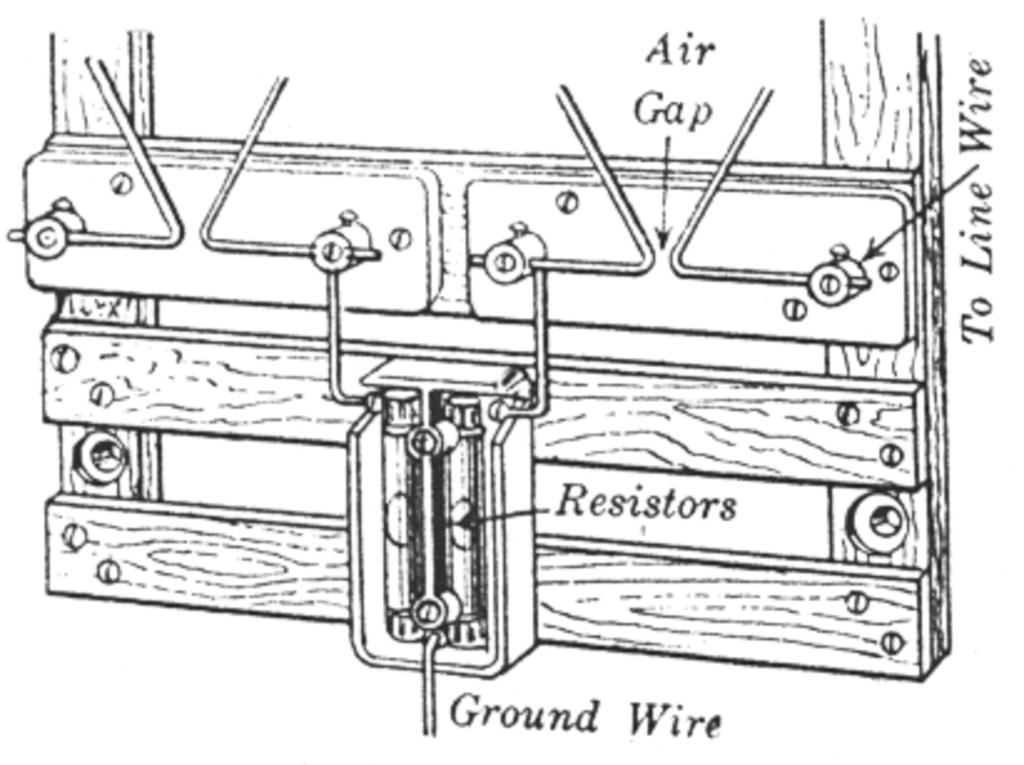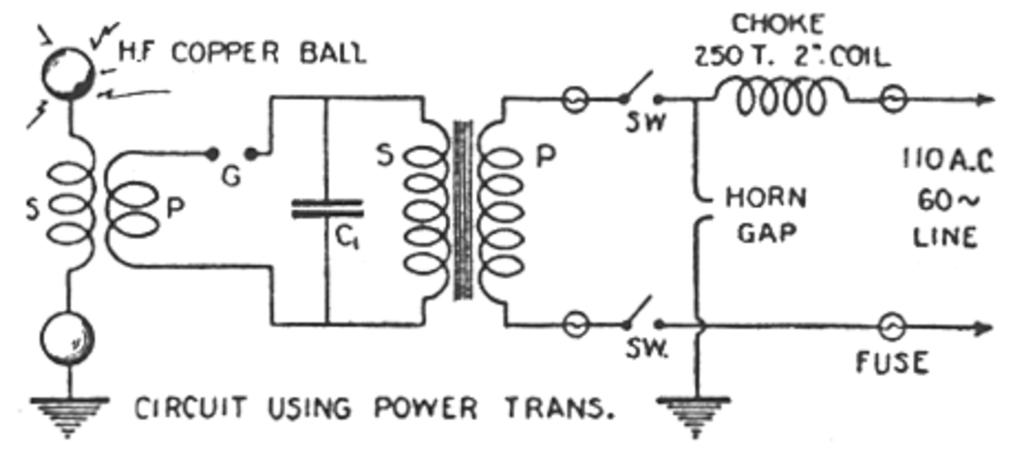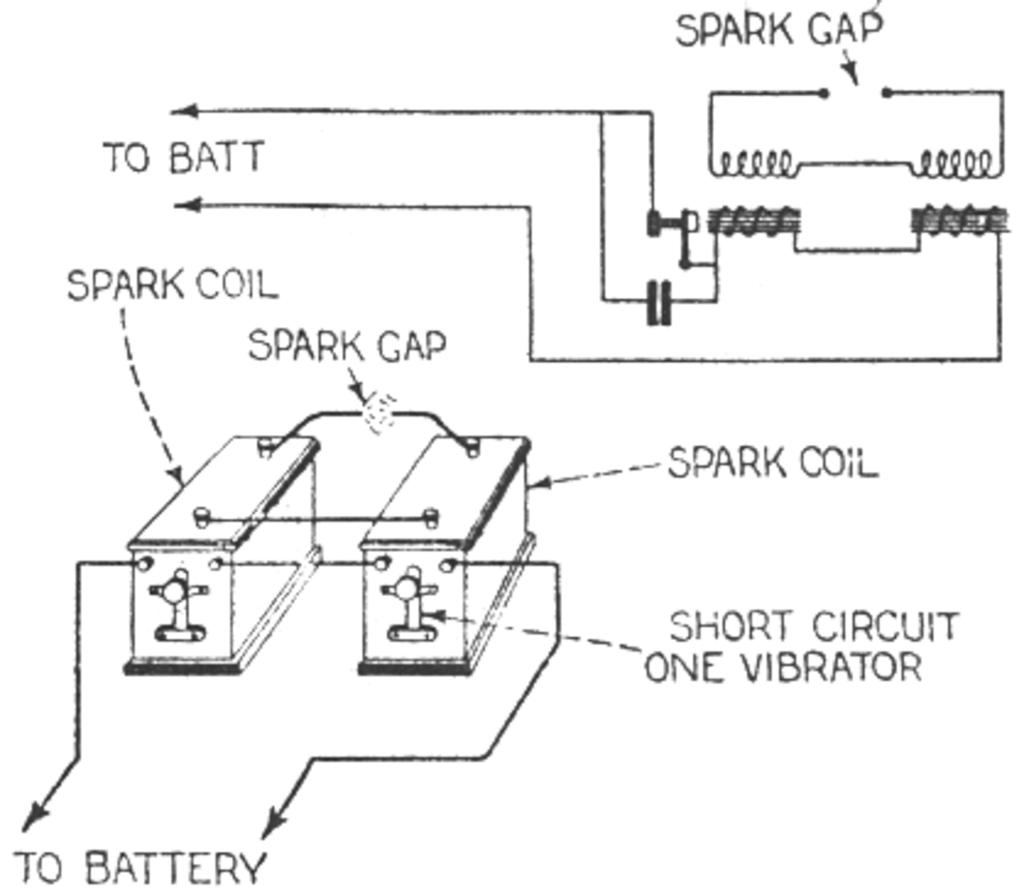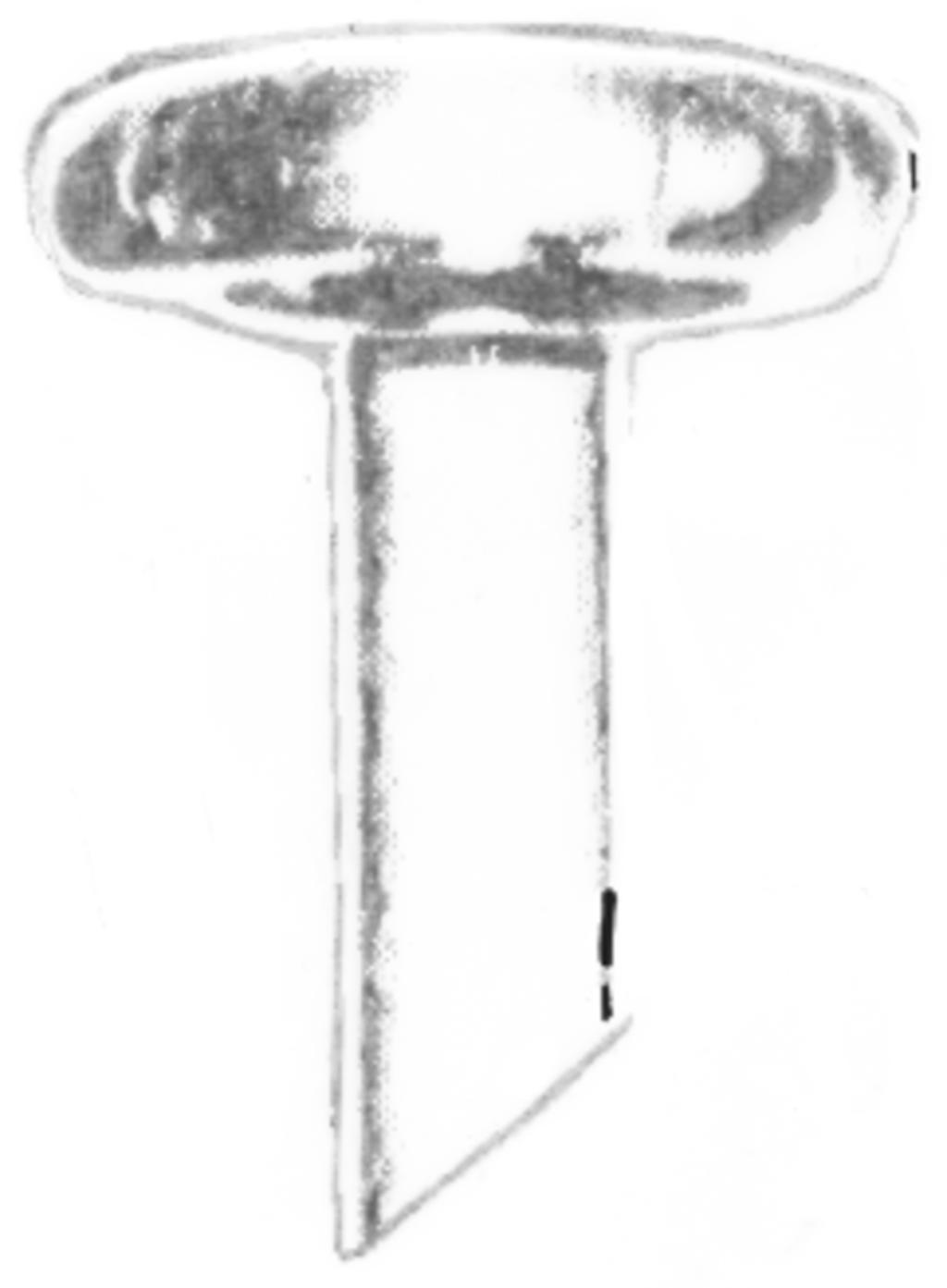TCBA Volume 3 - Issue 1
Page 4 of 18
Input - Output
Q. I like the newsletter but am a bit disappointed that there has been no coverage of vacuum tube oscillators.
A. I share your disappointment. The truth of the matter is that no one has yet submitted an article on their project. When someone sends one in, I'll run it along with one of the 1950's or 1960's articles from the popular science magazines. How about it fellows?
Q. I would like to see a Tesla coil made from Radio Shack parts. The output would be enough even though the spark was only a couple of inches.
A. If someone sends one in, I'll run it in the NEWS as promised in the answer above.
Q. What is a horn gap?
A. An air space between two bent conductors shaped similar to a Jacob's Ladder. The device gets its name because of its form. The purpose of the gap is to prevent transient or peak voltages from entering a feed line. When a spark crosses the gap, it rises until the gap becomes too wide to maintain itself. The diagrams below are self explanatory.
Q. I have two 6-volt spark coils and would like to hook them up as a means of increasing the output. What's the best way of accomplishing this?
A. Hook them in series as shown in the diagram at the right. Only one vibrator of the spark coils should be in operation.
Q. The answer to the first question in the October issue mentioned “coil loading.” Can you provide some more information on this subject?
A. My understanding of it is as follows: Although the Tesla coil is an electromagnetic device, there is a standing electrostatic field surrounding the coil. The field is strongest over the coil where the secondary voltage is greatest. Since the secondary turns have capacitance, they act as one plate of a capacitor. Corona at the upper turns indicates a breakdown of the air dielectric. This is not only a loss of energy but is damaging to the insulation between the turns. To prevent this, a large capacitance should be placed on top of the coil. It is desirable to have the capacitance larger in diameter than the secondary coil so that it replaces the upper turns as one plate of the electrostatics. In this case, the secondary turns are shielded and no longer subject to corona emissions.
Professional Tesla coil makers employ a Toroid as a capacitance. An oblate or sphere will work, too, if large enough. In the case where a sphere is too small to cover the secondary, the electrostatic field can be fooled by employing a large metal ring (such as from a barstool footrest or baby stroller). Rings are often seen hanging from towers supporting high voltage transmission lines for the same purpose as described above.




